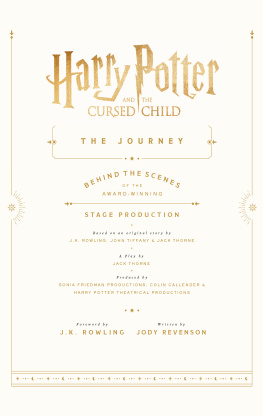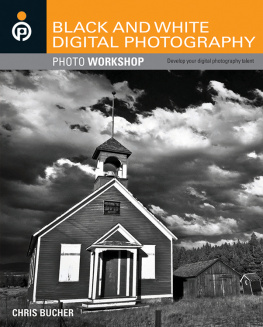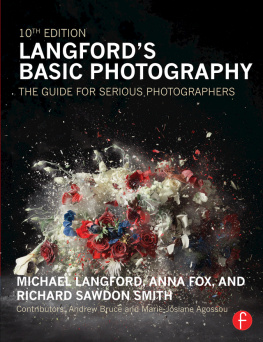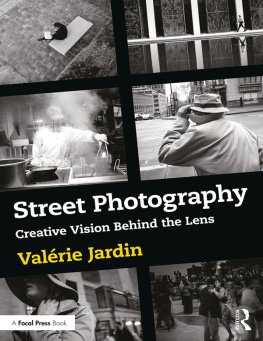Thrust and In-the-Round Spaces
When shooting in thrust and in-the-round spaces, quite often you find the best composition of performers is framed against the seating, or worse, against part of the seating and part of the set. You may recall my thoughts on this from . These considerations also apply to other situations, but especially with these types of venues. This is a situation that all designers on the show should accept as part of the cost of doing business in these venues, but you can mitigate the damage done by seeing your nice period costumes against old orange folding theatre seats. Remember the depth-of-field trade-offs, and take advantage of the opportunity to blur the background out. You might need to do some lens math in advance, in order to see how far away you need to be from the subject for various aperture settings. Or, if you have access, go to the venue in advance and try shooting some test shots at different aperture settings, allowing you to get a better sense of your cameras specific depth-offield capabilities. You also need to keep a close eye out, usually between when the audience files out and when the actors are back from taking a rest break, for leftover programs, hats, coats, and other audience flotsam and jetsam. I also make sure all the seats are in a uniform position if they will be in the shot, either all folded down or all folded up. Its a small consideration, but the disarray in the background could distract the viewers eye from your more important subject matter. Through the call, you need to continue to keep a lookout for other loose objects the performers might bring back in with them and leave lying about, including props and costumes for other shots, and my personal favorite, the lone water bottle that suddenly appears in your frame.
Ballet and Dance
Dance, in all its forms, is a very active type of performance, and far more difficult to stage moments from. As youve seen in other chapters, I have been successful in capturing dance movement by careful observation, planning, and timing, as opposed to staged photo-call moments, although I still try to do those when possible.
Instead of just getting the dancers to hold a moment, I feel its more successful to have them run the 20 to 30 seconds before the moment, and then shoot a flurry of shots with a fast shutter speed as they get to the pose you want. Sometimes its a pose they can hold, in which case you can bracket it, but if not, you may have to have them run it a few times. Modern dance (and other forms) may often feature a single dancer on a large stage, so I often get closer to the action than I normally would, just to catch more detail of the dancers movement. I lose the overall feel of the whole stage, but find that big empty stages dont often make for strong and interesting photographs. Its not to say that solo dances in big spaces arent interesting, its just that we are freezing a moment in time that is different than the audience experience, since they wouldnt have seen that moment for so long. The cover shot for this chapter is a good example of this idea. From Row J, the one performer wouldnt fill the stage with energy, even though she did as she went through the dance.
Opera and Musical Theatre
Opera is very much like theatre or musical theatre, in that it is usually staged in a typical theatre space, so the only thing you have to consider that may be a bit different is the band. If the band is in the pit, and not visible, by all means send them home before you shoot the photo-call. If the band is a visible part of the show, then you need to decide between including them or not. shows a student production of Trouble in Tahiti , and the band was on an upper platform behind the house on stage. You will also perceive that the angle I shot from is fairly high. This is a very intimate theatre, and even though I was shooting with a 35mm lens, I had to be back a fair distance from the stage to get the whole set in. The house has a very steep rake to it, so I was stuck with the choice of less of the set or less angle. After looking at these shots on the screen, I could have been down one or two rows, and lost the columns without losing the sense of the space, and the angle to the performers faces would have been much better. This is also the point where I have talked myself into buying a 24mm wide-angle lens for the next time I shoot in that space.

Prologue from Trouble in Tahiti , Oct. 2016.
Back to the question of the band. I feel that since they were there in the show, they should be there in the shot, with music stand lights on and everything. Thats what the audience saw so that is the most truthful representation. Sometimes I might adjust a music stand a little bit to eliminate glare that is coming right at me, which I did to the stand light on the stage left side of the shot. We didnt have the musicians playing, just posing as if they were playing, so that there wasnt any movement to deal with. Do take some extra time to talk with the musicians and explain what you are doing and why you need them. I actually havent had much trouble with the members of the band, but conductors and musical directors seem to have a hard time sitting still, which means that I tend to shoot two runs of every bracket instead of one. That certainly helped me with this photo-call, since the musical director kept on messing around despite several requests to hold still. If you run into that issue, with a musical director, or any performer that doesnt want to participate for some reason, just hold your tongue and have them set up and do the shot a few more times.
Rock Tours

Production moment from American Idiot , Penn State School of Theatre, Feb. 2017.
Rock shows and other musical acts are similar to musicals like American Idiot (which is actually a musical based on the rock band Green Day), in that they are very dynamic, constantly changing, and usually feature lots of motion effects and atmospherics. This is a situation where you need to follow the suggestion I made to freeze cues with lots of movement, and use them for the call so that the lights are held in a dynamic composition that works for the shot. You dont want to have to rely on blind luck if you can do this in advance.
Outdoor Dramas
I had the good fortune to work for several years in a massive outdoor space in Cherokee, North Carolina. Youve seen a shot or two already for that production, but I wanted to revisit it to talk about the sun. Our show actually started before sunset, and we tied the design of the piece into the setting of the sun during the first act. Each year, we would do a photo-call, but it was difficult to plan one out so that the shots we took were occurring at the right times of day, dusk, sunset, or night. In , I actually tried to replicate some sunlight for this shot, which happened in the first act, so that we could capture the moment, even though it wasnt an accurate depiction of the actual moment in the show. The other shots youve seen from this production are from the second act, which happened after sunset, so they are all far more accurate and didnt require any extra cueing. They are the more dramatic and portfolio-worthy moments anyway, so Im not too sad about the first act not being true to form.












